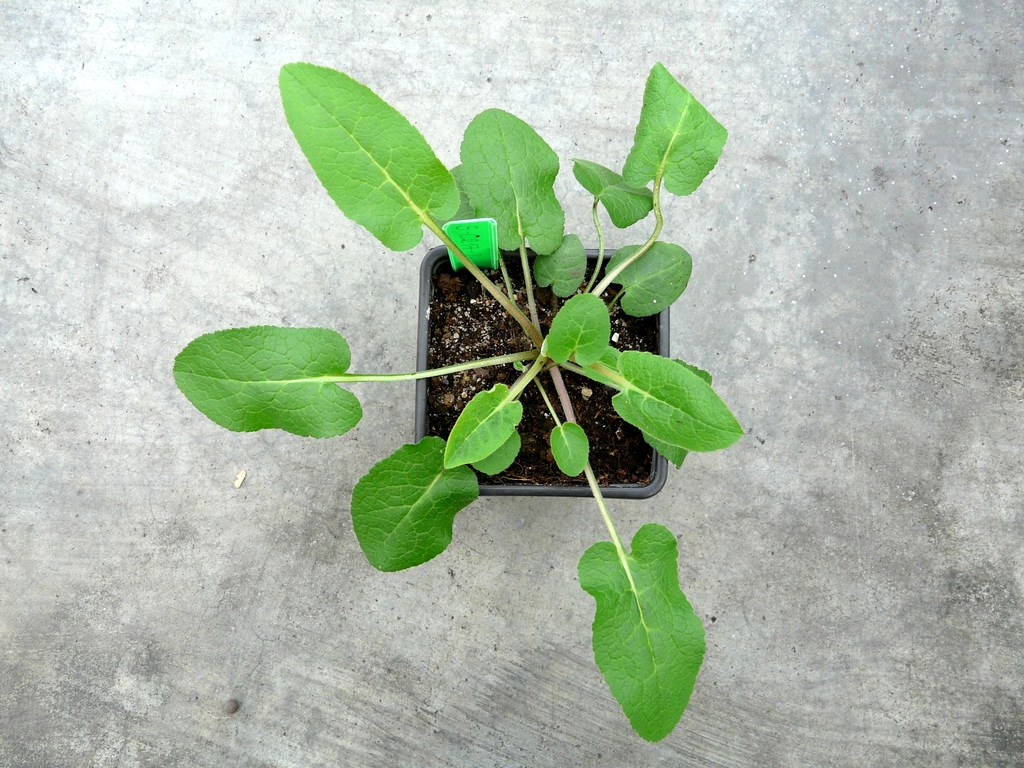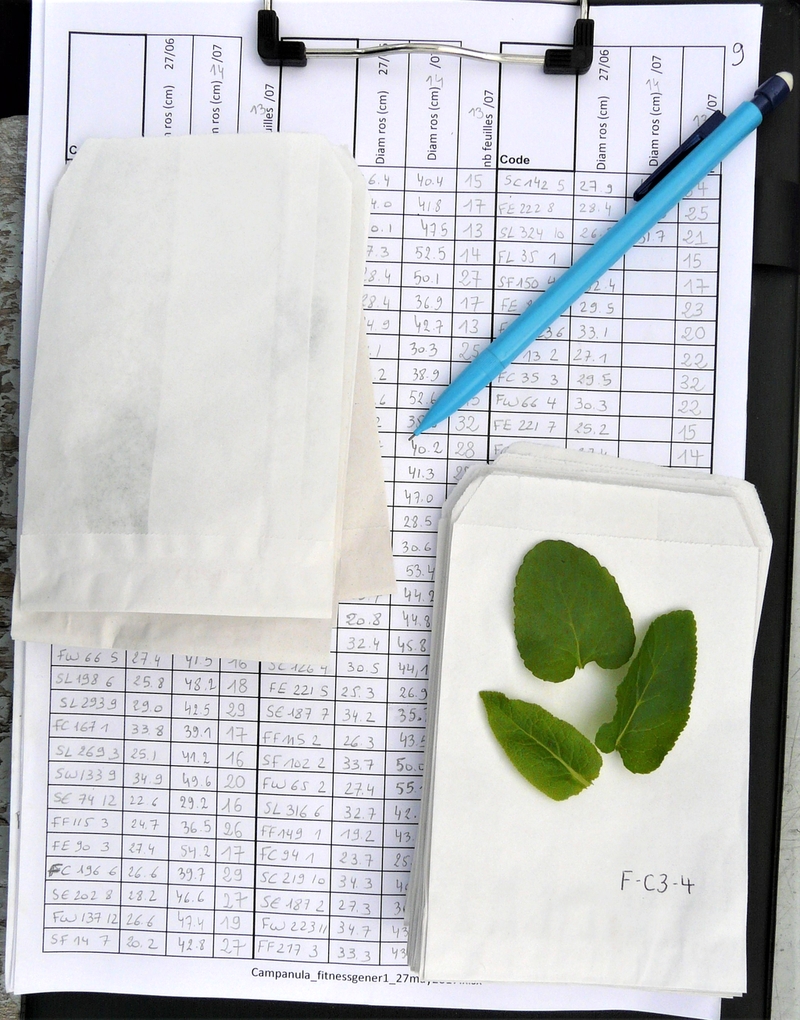[Science News] - Seed source origin also matters for post-translocation progeny fitness despite genetic mixing
As part of the Life Herbages Project, Meise Botanic Garden has provided its scientific expertise for reinforcing remnant populations and restoring extirpated populations of several rare plant species, by conducting plant translocations, i.e. by introducing plant material (young plants) into the sites to restore.
 In a recent article, researchers of Meise Botanic Garden have evaluated the success of reintroductions of one of the species concerned by the project, clustered bellflower (Campanula glomerata). They investigated how successful genetic mixing between transplants propagated from seeds collected in five small seed populations (called sources), which are geographically close but genetically differentiated, might affect the fitness of post-translocation generations (established after translocation).
In a recent article, researchers of Meise Botanic Garden have evaluated the success of reintroductions of one of the species concerned by the project, clustered bellflower (Campanula glomerata). They investigated how successful genetic mixing between transplants propagated from seeds collected in five small seed populations (called sources), which are geographically close but genetically differentiated, might affect the fitness of post-translocation generations (established after translocation).
To that end, the quality of the first generation of seed progeny produced by the transplants in two translocation sites has been examined. Seeds were collected on transplants and germinated in a controlled chamber in Meise Botanic Garden. Juvenile growth was followed for two months in a greenhouse, while progeny inbreeding level and parental seed source origin were assessed by DNA (microsatellite) analysis, in collaboration with the Eco-Evo-Paleo Unit (UMR-CNRS 8198) of Lille University (France).
 Our results show a translocation site environment effect on the reproductive performance of transplants, in particular on floral display and seed germination. The two translocation sites differ in soil (rather marly or sandy) and in vegetation composition and cover, and so possibly in water and nutrient availability, shading, interspecific competition, and pollinator services.
Our results show a translocation site environment effect on the reproductive performance of transplants, in particular on floral display and seed germination. The two translocation sites differ in soil (rather marly or sandy) and in vegetation composition and cover, and so possibly in water and nutrient availability, shading, interspecific competition, and pollinator services.
Strong maternal effects related to maternal transplant source origin and lineage were detected on juvenile growth, with differences maintained across the whole measure period. The largest maternal transplants also produced the largest progeny, suggesting a genetic basis of the maternal effects. This means that maternal transplant origin, especially when their seed sources are small, fragmented remnants, possibly adapted to degraded habitat conditions, might have a selective effect on fitness of the post-translocation generations, despite evidence of genetic mixing between sources.
Reduced juvenile size associated with higher inbreeding levels and juvenile mortality indicated inbreeding depression at early growth stage. In field conditions, thus in more stressful hydric conditions than in our cultivation experiment, more severe inbreeding depression effects might be expected.
If maternal effects and inbreeding depression persist up to adult stage and across successive generations, global genetic diversity of the translocated populations might change in the long term. Further genetic mixing in the following generations might buffer those maternal and inbreeding effects or, on the contrary, leads to a breakdown of the co-adapted genes, and thus to reduced fitness due to outbreeding depression.
Source: Van Rossum F., Le Pajolec S. 2024. Maternal effects and inbreeding depression in post-translocation progeny of Campanula glomerata. Plant Biology 26, 427–436. https://doi.org/10.1111/plb.13631
Photos: Fabienne Van Rossum & DJ Parmentier



